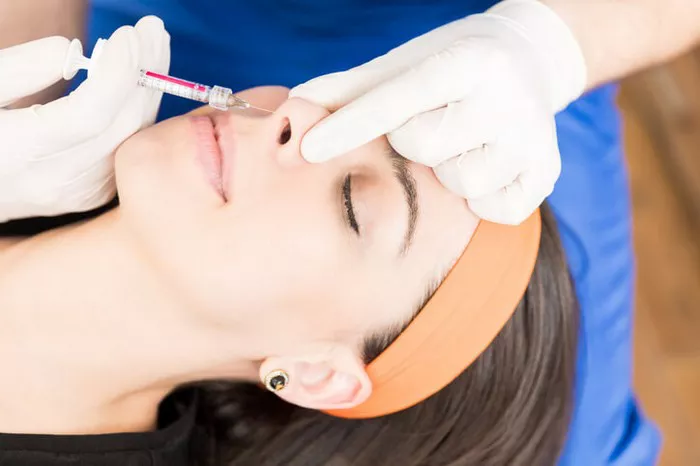Rhinoplasty, commonly known as a nose job, is a popular cosmetic surgical procedure aimed at enhancing the appearance and functionality of the nose. The success of any surgical intervention depends on a combination of surgical skill and appropriate anesthesia administration. In this article, we will explore the various types of anesthesia used for rhinoplasty and discuss their safety considerations to ensure a comprehensive understanding for both patients and medical professionals.
Local Anesthesia for Rhinoplasty
Local anesthesia involves the injection of a numbing agent directly into the surgical area, rendering it insensitive to pain. For rhinoplasty, local anesthesia is usually administered in combination with other forms of anesthesia to manage postoperative pain effectively. It is commonly used for minor revisions or when the procedure only requires small incisions or adjustments.
IV Sedation (Twilight Anesthesia)
Intravenous (IV) sedation, often referred to as twilight anesthesia, involves the administration of sedative drugs through an IV line to induce a state of deep relaxation and altered consciousness. Under this anesthesia, patients remain responsive but are usually unaware of the surgical procedure, minimizing discomfort and anxiety. IV sedation is commonly used in conjunction with local anesthesia for rhinoplasty to provide pain relief and a calm surgical experience.
General Anesthesia
General anesthesia is the most comprehensive form of anesthesia used for rhinoplasty. It involves administering medications that induce a reversible state of unconsciousness and complete insensitivity to pain. This form of anesthesia is typically used for more complex or lengthy rhinoplasty procedures.
Factors Influencing Anesthesia Choice
The choice of anesthesia for rhinoplasty depends on several factors, including:
Extent of Surgery: The complexity and duration of the procedure play a significant role in determining the most suitable type of anesthesia. Extensive rhinoplasty, involving multiple adjustments and reconstructions, often necessitates general anesthesia to ensure patient comfort and safety.
Patient Preference: Some patients may have anxiety or fear related to the surgical procedure, leading them to opt for general anesthesia for a completely unconscious state during surgery. Others may prefer local anesthesia with sedation to experience a quicker recovery and avoid potential side effects associated with general anesthesia.
Surgeon’s Recommendation: Experienced rhinoplasty surgeons assess each patient’s unique medical history, physical condition, and surgical requirements to recommend the most appropriate anesthesia approach.
Safety Considerations
Ensuring patient safety is paramount during any surgical procedure. For rhinoplasty, specific safety considerations related to anesthesia include:
Preoperative Assessment: Before administering any anesthesia, a thorough preoperative evaluation is conducted to identify any medical conditions or allergies that may affect the choice of anesthesia.
Anesthesia Administration by Qualified Professionals: Anesthesia for rhinoplasty should be administered by certified anesthesiologists or nurse anesthetists experienced in cosmetic surgery anesthesia.
Monitoring Vital Signs: Throughout the procedure, the patient’s vital signs, such as heart rate, blood pressure, and oxygen levels, are closely monitored to detect any signs of distress or adverse reactions promptly.
Emergency Preparedness: Operating rooms are equipped with necessary emergency equipment, medications, and protocols to manage any potential complications during anesthesia.
Conclusion
In summary, the choice of anesthesia for rhinoplasty depends on the complexity of the procedure, patient preference, and surgeon’s recommendation. Local anesthesia with or without IV sedation is often used for minor adjustments, while general anesthesia is reserved for more extensive rhinoplasty surgeries. Regardless of the type of anesthesia chosen, patient safety remains the top priority, with careful preoperative assessment, qualified anesthesia administration, and vigilant monitoring throughout the procedure. By adhering to these safety considerations, both patients and medical professionals can ensure successful and satisfactory rhinoplasty outcomes.


